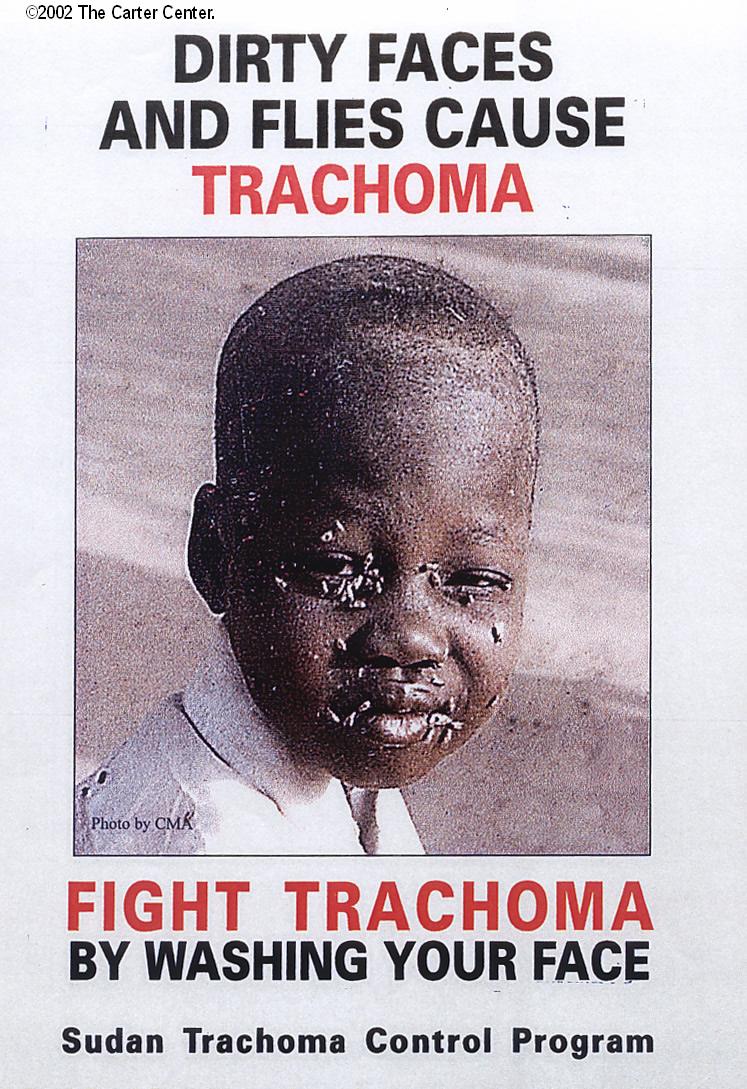A report in the MJA 2010 by Taylor et al, concluded that "Blinding endemic trachoma remains a major public health problem in many Aboriginal and Torres Strait Islander communities." This is a disease that we know the causative agent - Chlamydia Trachomatis - and we have an antibiotic that we know works - Azithromycin, and yet there are communities both here in Australia, and around the world where blindness is occurring as a result of this preventable condition.
First some facts:
- Trachoma is found in Africa, Asia, the Middle East, parts of Latin America and in the Aboriginal and Torres Strait Islanders of Australia.
- Worldwide 41 million people are affected by it.
- 8 million will go blind because of it annually.
The Great News is that things are going to get better!!
Up to the present, prevention programs have been used in affected communities where they administer bi-annual doses of Azithromycin to eradicate Trachoma from those afflicted. Stopping the infections means stopping the resultant deformity of the eyelids, and it's the damaged, scarred eyelids that eventually lead to permanent distortion of the cornea and thence blindness.
Bruce Gaynor MD and his colleagues at the University of California, San Francisco, have just reported in the Lancet, that Azithromycin given once a year is just as effective as when given twice a year: that means current resources can be made to go twice as far. "We will now be able to reach more people and make the treatment go twice as far as before,” Gaynor said. “This will make a huge impact in slowing down trachoma-related blindness globally.”
All that we need now is for Governments to match the enthusiasm generated by these findings -by increasing their funding, not cutting it - so that a disease that was eradicated in the developed world 100 years ago, can also be eradicated from those communities who most need their sighted citizens.


1 comment:
That is good news. Now to get the governments to catch on!!!
Post a Comment